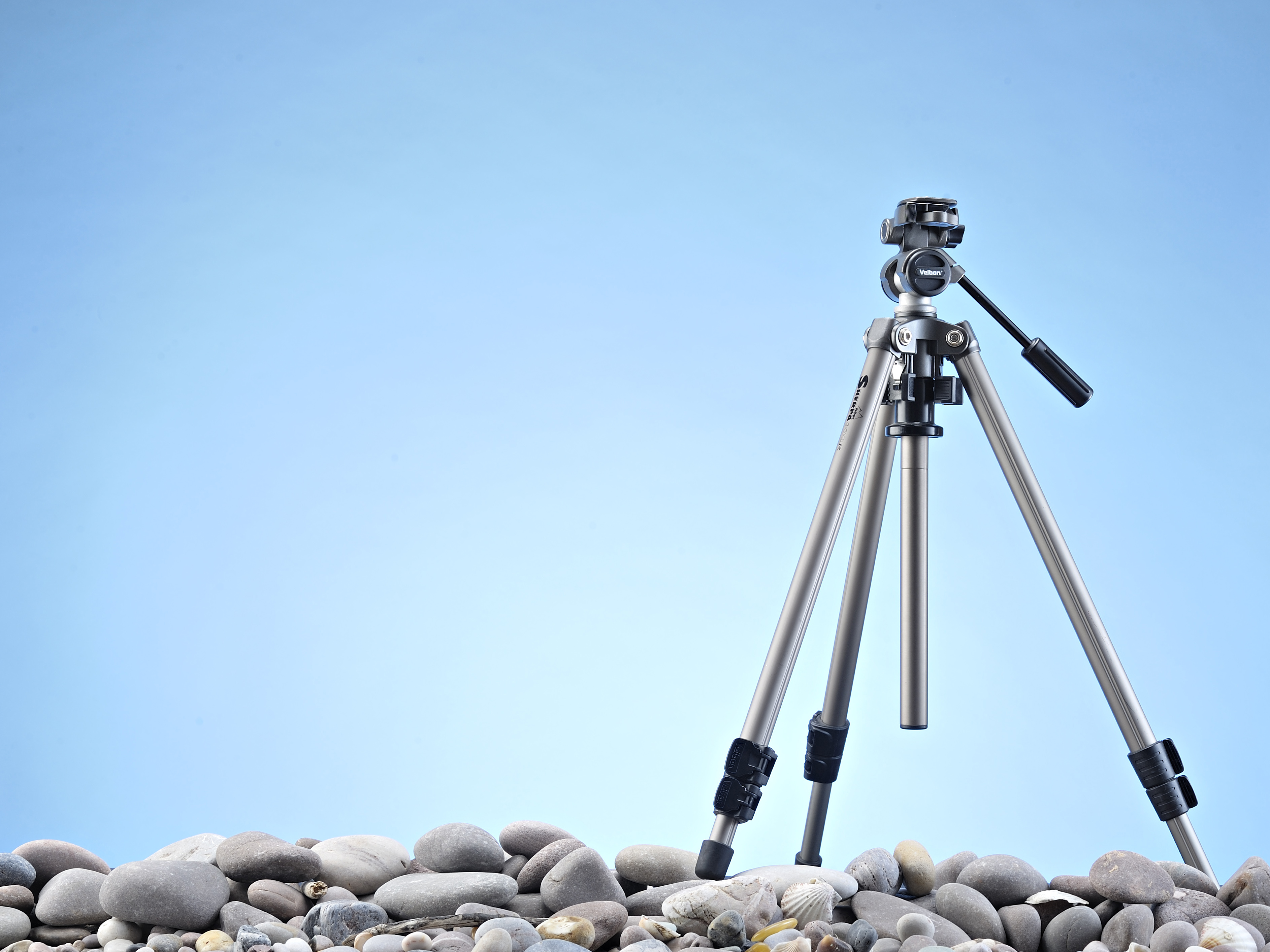TechRadar Verdict
Pros
- +
Good stability in a lightweight 2kg package
- +
Centre column can be split as well as inverted for low-level shooting
- +
Three-position, multi-angle legs
Cons
- -
Maximum height isn't particularly generous at 166cm
- -
No comfort padding on legs
- -
No tension adjustment in clip locks or grub screws in centre-column platform
Why you can trust TechRadar
Not everybody wants fancy tripod frills such as a pivoting centre column for easy macro and ultra-wide-angle shooting. With its pared down feature set, the modest and retro-styled Velbon Sherpa 600R is a complete tripod and head kit based on sturdy aluminium legs.
More importantly, it's only about half the price of most feature-frenzied competitors, available for about £85 if you shop around to beat its £140 RRP.
The somewhat basic feature set of the Velbon Sherpa 600R is remarkably similar to the Slik Pro 500DX Complete tripod kit, also distributed in the UK by Intro 2020.
One notable difference is that the Velbon is 0.6kg lighter, weighing in at a travel-friendly 2kg. Despite this, its maximum load rating is only 0.5kg less, at 4kg, offering substantial support even for heavy DSLR and camera lens combinations.
At 63cm when folded, the Velbon is refreshingly small for carrying around yet, despite having three rather than four leg sections, it still attains a maximum height of 166cm with the centre column fully extended.
The legs appear to be a bit on the thin side but they nevertheless have fairly typical diameters of 26mm, 23mm and 20mm. The main reason they don't look chunkier is that the upper sections have no comfort padding.
The relatively light weight of the tripod means they're still comfortable to carry around most of the time, but holding onto cold metal is no fun in winter time.
Sign up for breaking news, reviews, opinion, top tech deals, and more.
There are three alternative leg angles on offer and the centre column can be split as well as inverted for low-level shooting. By splitting the tripod's column, you can shoot down to a height of 26cm, or right down to ground level if you invert the column and shoot with the camera upside down.
The three-way head is a slight twist on conventional design, having only one locking arm for both pan and tilt adjustments.
